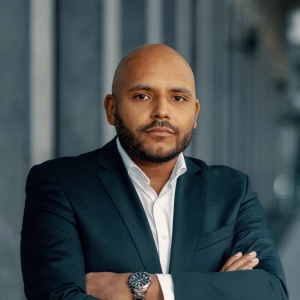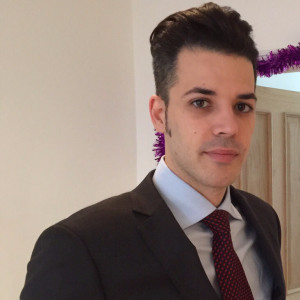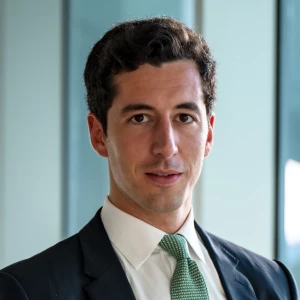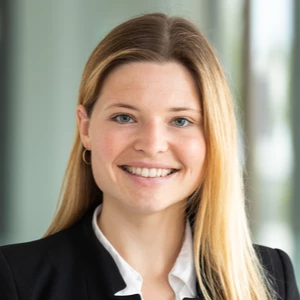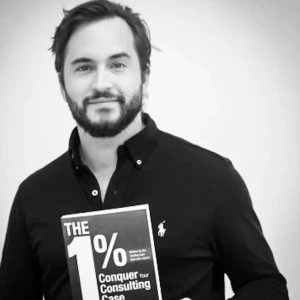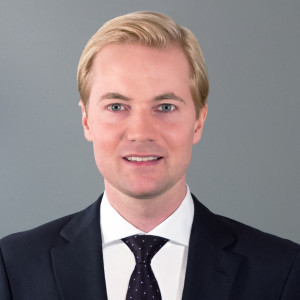Hello there,
I was recently given the 'Dr. Rossman Eyedrops case' and I was unsure about the final answer.
Scenario:
- Dr. Rossman (our client) has invented eyedrops that can correct sight problems. These drops can correct everything: no-one will need glasses anymore.
- The potential BP for the company that will commercialize the eyedrops shows 392 Billion in cumulative profits for the next 5 years in the US market (patent-protected), but we can also assume future revenues - albeit smaller - when the patent expires.
- A large pharma company is interested in the patent acquisition
Question: What price should Dr. Rossman ask?
Insights about the answer:
- The higher threshold is not really easy to find: profits will be higher than 392 B because there will be future profits once the patent expires. (Also: we are not considering other countries, but the case limits the analysis to the US market, other markets should not be considered per prompts)
- The lower threshold is difficult to define: we can expect the pharma company to make at least 15% of an investment (since pharma has high returns and this investment has a large part of up-front costs), but we don't have a higher threshold.
Apart from that, I am really struggling to advise a price band. What would you suggest?
Feel free to make every kind of assumption, there are no other data :)
Thank you so much
Anonymous


